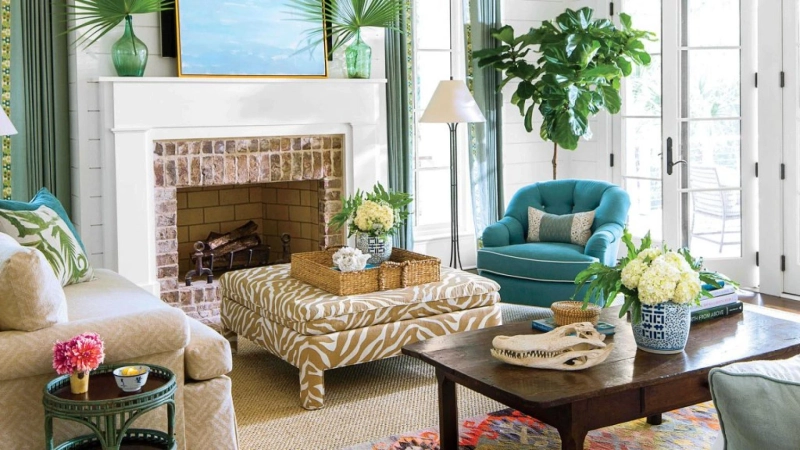Interior design isn’t just about decorating the room with the nice stuff. It involves creating a beautiful and useful space for the inhabitants. To do this, you need to use the seven elements of interior design that you learn about in interior design certificate programs in NYC. These elements include space, color, line, form, light, texture and pattern. You might have come across these elements in other designing fields as well.
Keep in mind that elements are different from principles. Elements refer to the ‘objects’ you use to create a design while principles refer to the rules. If you master how to rule the elements, then you can work in any type of room with any type of material to satisfy your clients.
Space
Interior design certificate programs in NYC tend to focus on space because of its importance in the field. After all, you’ll be adding or subtracting other elements from the available space. In interior design, you work with a 3D space made of height, width and length. You can fill this space or leave it empty depending on your design requirements.
You can classify space as positive and negative. Positive space contains objects and negative space is empty. You need to strike a balance between the two to ensure that your room looks neither overcrowded nor sparse. This balance will depend on your client’s needs and the style they prefer.
Line
Lines define the shape of the room and guide the viewer’s eyes. When you learn interior design online, you will learn how to use the room’s furniture and structure to create harmony, unity and contrast. You will use horizontal, vertical and dynamic lines for your project.
Horizontal lines, like tables, give the room a sense of stability, formality and efficiency. You can use them to make the room seem wider and focus on a point. Vertical lines, like doors or windows, evoke freedom and strength. You can make the room seem taller with them. Dynamic lines refer to diagonal, curved and zigzag lines, like stairs. They add energy and movement to the room.
Form
Form refers to the shape of the room and the objects inside. It can be geometric or natural. Geometric shapes refer to shapes with straight lines (like cubes) while natural shapes have curved or abstract edges. When you learn interior design online, you learn to use shapes the dominant shape repeatedly to create harmony and balance.
Shapes can be open (objects you can look into) or closed (objects you can’t look into). You need to consider the scale and proportion of the objects in comparison with that of the objects.
Light
Institutes like NextGen Design Academy teach you how to use lights to add visibility and beauty to the room. An interior designer uses a combination of natural lights (sunlight) and artificial lights (LEDs, tungsten, etc.) to illuminate a room.
Natural light adds warmth to the room. You can use curtains, drapes, etc. to use it. Artificial lights are of three types: task lighting, accent lighting and ambient lighting. Task lighting is used for certain tasks like cooking, studying, etc. Accent lighting highlights the room’s focal point. Ambient lighting sets the room’s mood.
Color
The use of colors is as much about science as it is about art. Institutes like NextGen Design Academy teach students how to use colors to set the room’s ambiance, define unity and make the room seem big or small. When selecting colors, think about what the room is for, how lights will affect them throughout the day and the room’s size.
Texture
Texture refers to the feel of a surface (e.g. rough, smooth, fluffy, etc.) There are two types of textures: actual and visual. Actual texture refers to how a room really feels while visual refers to what the surface looks like it will like if you touch it. Interior designers try to match the textures of the objects they add for uniformity.
Pattern
Patterns refer to repetitions of the elements mentioned above. Students learn how to use patterns during interior decorating courses in NJ to add life and movement to the room.


